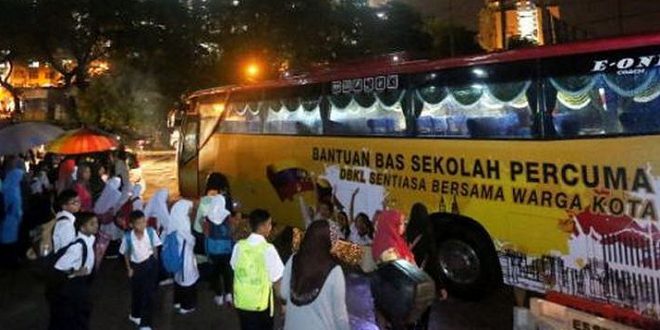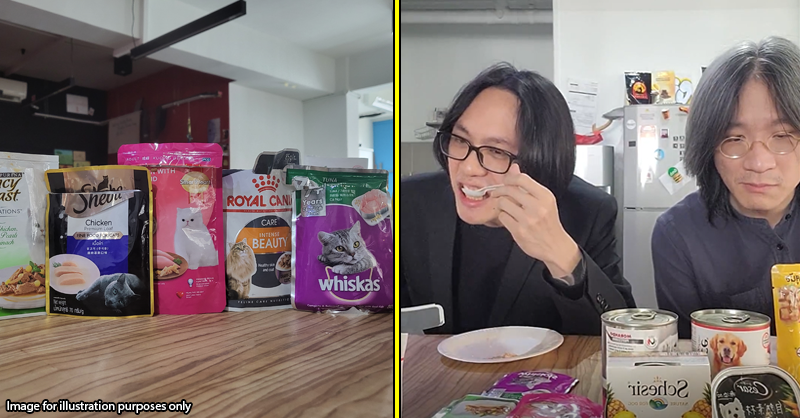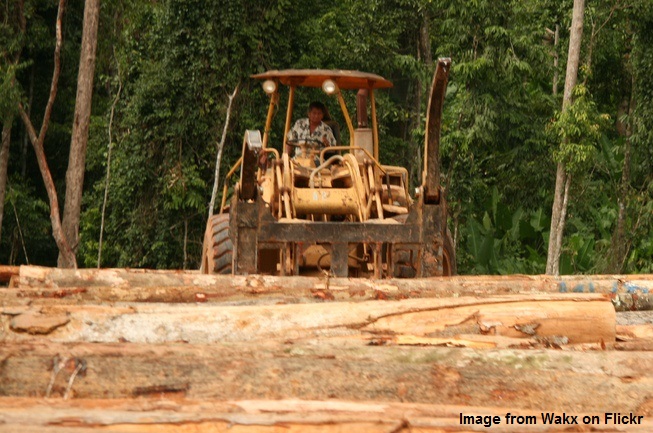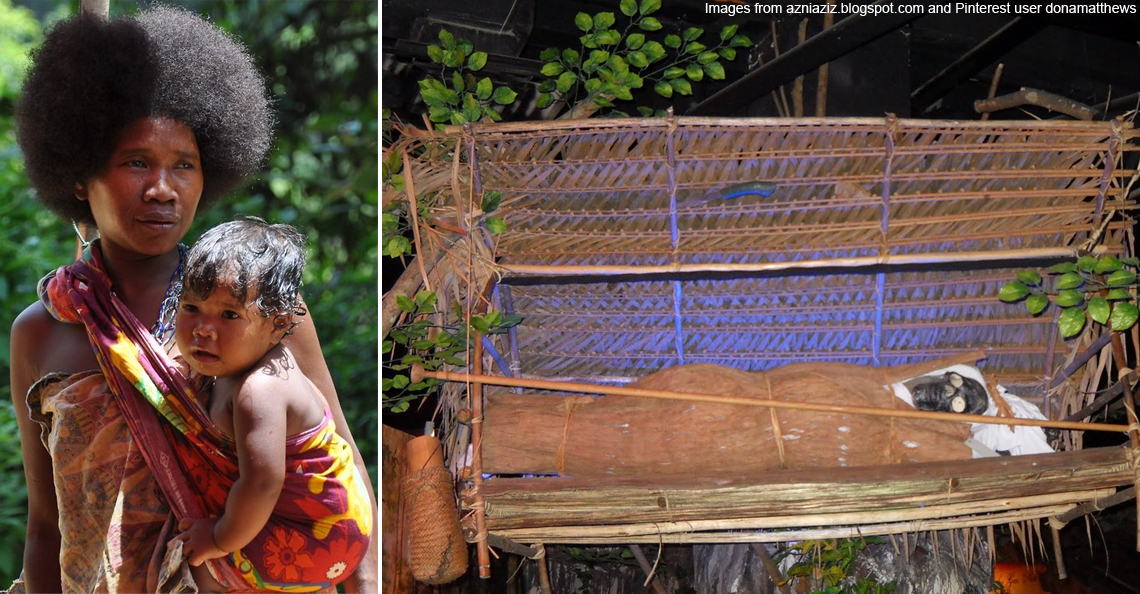UNICEF study shows Malaysian kids more stunted than Zimbabweans!? We take a closer look

- 1.3KShares
- Facebook1.2K
- Twitter7
- LinkedIn10
- Email10
- WhatsApp45
*This article was translated from SOSCILI. Click here to read the original article in BM.
SOSCILI went for the United Nations Children’s Fund (Unicef) launch of their new report on 26 Feb. Ya’ll may know Unicef as the UN programme that provides aid to children and mothers in developing countries. The ‘Urban Child Poverty Report’ (digital copy here) takes a closer look at poverty in Malaysia using these indicators: income, living standards, education, nutrition and safety.
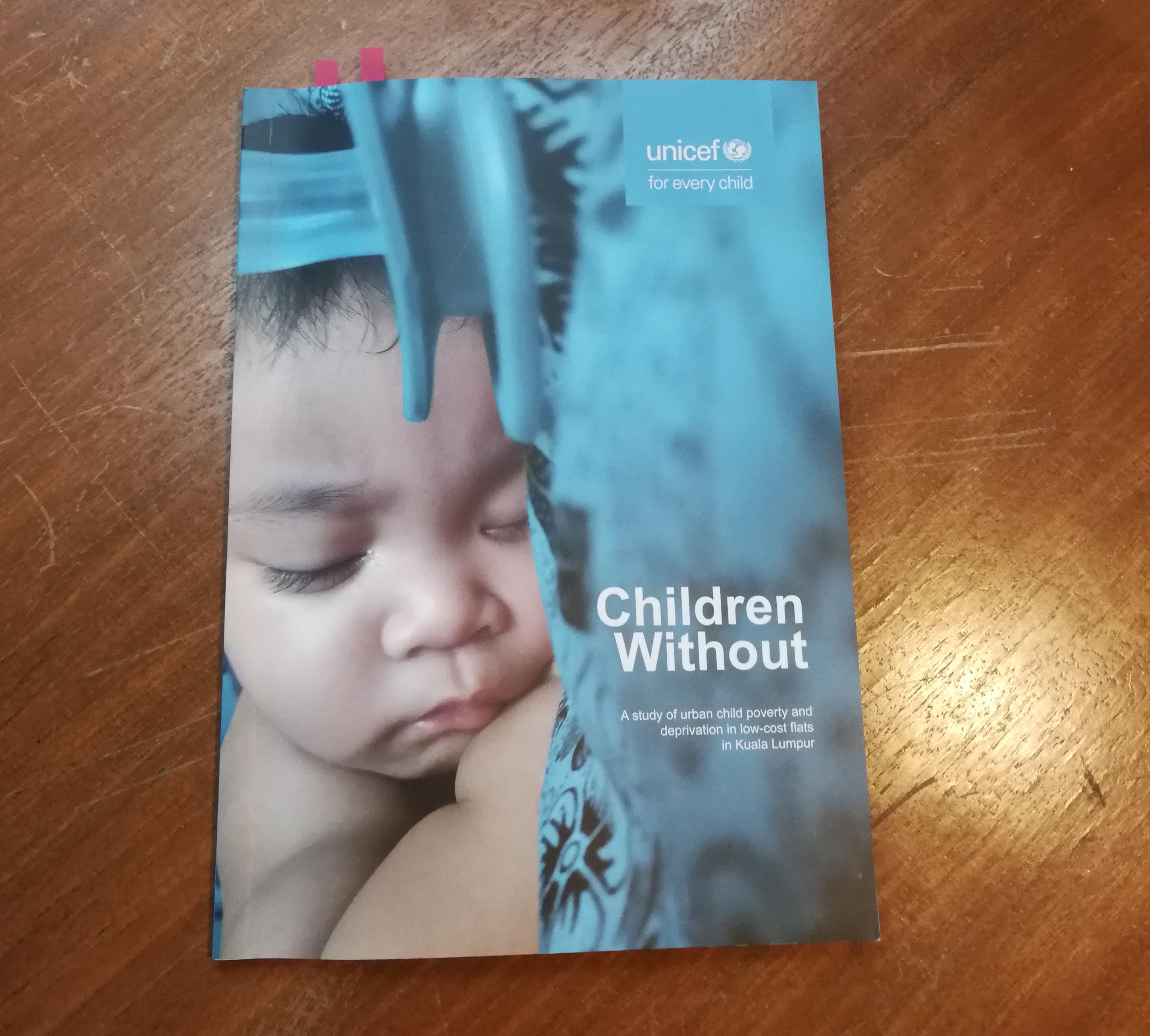
Unicef collected data from 966 heads of household and 2,142 children from 17 different locations throughout Kuala Lumpur and Petaling Jaya. While it’s easy to assume that since KL and PJ are ‘urban’, there aren’t many people struck by poverty here, but it’s far from true.
We went through the report and found some eye-opening facts to the lives of the hardcore poor, and heartbreaking narratives from the report enumerators (a person employed in taking a census of the population), like…
There are more stunted kids in Kelantan than in Zimbabwe??

Wut? Ok, we know that’s weird because in the news it was reported that Malaysians are the fattest people in Asia. Compared to countries with similar gross domestic product (GDP) per capita, the prevalence of obesity among Malaysian children is higher. Nearly 13% of our children (aged 5-19) are obese, higher than Hungary’s 11%, Turkey’s 10% and Poland’s 9%. But in Unicef’s study, it was reported that 1 in 5 Malaysian children are stunted!
Let us give you a background on the definitions first. Stunting means low height for age, which is caused by long-term lack of nutrients. It generally occurs before age 2, and the effects are mostly irreversible. These include delayed motor development, impaired cognitive function and poor school performance. Wasting means low weight for height. It is usually the result of acute significant food shortage and/or disease.
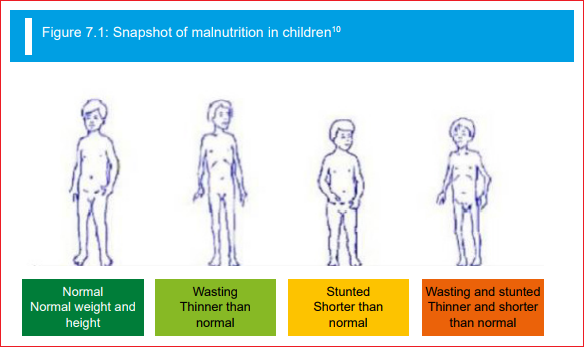
In terms of stunting, Malaysian kids fare worse than Ghana, despite our GDP per capita being 6x higher. How is it possible to have high obesity and high stunting rates at the same time? Well, just as there are kids who eat very well, there are also kids who don’t. There exists pockets of poverty among society in Malaysia, and that is the main theme of Unicef’s report here… that there are people who live literally like the peribahasa, ‘kais pagi makan pagi, kais petang makan petang’.
But let’s come back to nutrition: the national average of stunting rate is 21%, but children in the poorest state, ie. Kelantan, are WORSE than children in Zimbabwe and Swaziland at 34%!!
Check out these stats below:
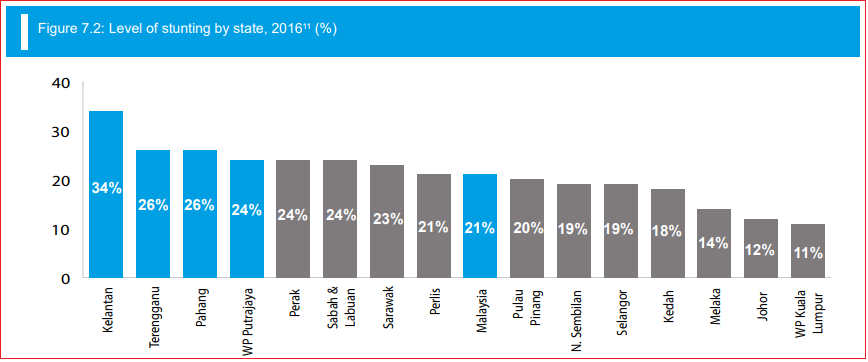

There are a lot of confusing advice about the “optimal” meal frequency. Some say eating 5-6 meals a day is better, while others prefer to stick to the good old 3 meals a day way. But Unicef discovered that more than 1 in 10 children eat LESS than three meals a day.
97% of respondent households told the enumerators that high food prices prevents them from cooking healthy meals for their kids. 1 in 2 respondents did not have enough money to buy food in recent months and 15% experience this frequently.
“‘Percaya atau tak, sekarang ni ada sekilo beras saja di rumah saya’. Inilah kata-kata yang diucapkan oleh salah seorang responden ketika ditemu bual. Beliau adalah seorang ibu kepada tiga orang anak lelaki dan tidak bekerja kerana menjaga anak bongsunya yang berumur 7 tahun.” – Iwani Khairiah, Unicef enumerator, quoted from the report
If some of us regular folk feel the pinch of pricey food, what more the people in the Bottom 40% (B40) income group. Speaking of income…
… 1 in 3 people earn less than RM2,000 per month

Overall, Malaysia has done good to improve the wellbeing of citizens. The country has experienced steady economic growth in the past 50 years, where our GDP has expanded by 10% per annum since the 1970s. On average, this growth led to higher income for households and is the major reason poverty has reduced. The poverty level went from 50% in 1970 to 0.4% in 2016.
Wait, before we pat ourselves on the back for it, there are still gaping holes of poverty that exists in fragments of society, as mentioned earlier. For example, 34% of Orang Asli in Peninsular Malaysia, 20.2% Bumiputera in Sabah, and 7.3% Bumiputera in Sarawak live in poverty.

1 in 3 of the households in the study earn less than RM2,000 per month and 7% of households live below the poverty line, which officially is RM1,000. Out of these, Indians are at the greatest disadvantage, where 43% of them have a monthly household income below RM2,000, followed by Chinese at 34% and Malays at 30%.
You know what else, when Unicef’s enumerators spoke to them, they learned that 77% of these households do not even have savings. 12% have only between RM1-RM999 saved, while 9% have RM5,000 and above. All the money they’ve earned is spent on their children’s needs – food and school fees/supplies mostly.
“Some of them express their desire to save money like other people, but if they do, they say, they whole family would starve.” – Noor Syafiqah binti Norrashid, Unicef enumerator, quoted from the report
Unicef’s stats show that respondents who live in low-cost flats work harder (48 hours per week) than the national average (47 hours), but they earn much less (RM9 per hour) than the average worker (RM12 per hour).
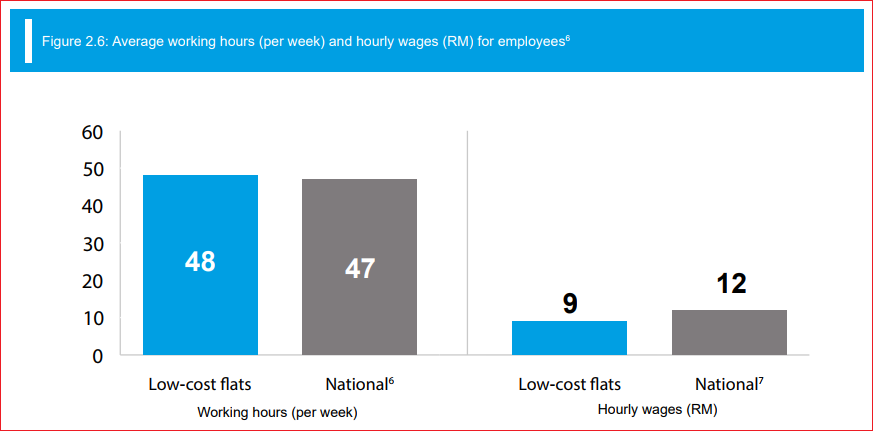
They think their housing areas are clean. But when the enumerators went there…

Standard of living is one of the benchmarks of a country’s success. It measures the level of wealth, comfort, material goods and necessities available to a certain socioeconomic class or a geographic area. Some of the families that Unicef studied stay in PPR houses (stands for People’s Housing Program), a low-cost housing government program for relocating people who live in squatter areas and meeting the needs of the lower income group (the Bottom 40, aka B40).
Yep the same type of residential building where the 15-year-old boy was killed by a falling chair. Remember that case? Even after that terrible incident, residents continue to throw sampah out the window. That’s the predicament PPR residents are caught in, unfortunately – an issue of sanitation, maintenance and management.
We know that perceptions of cleanliness and safety differ from person to person. In terms of statistics, most of the residents feel that their areas are clean: 70% think their public areas are clean, while 20% think it’s dirty. Only 1% said it was very dirty. There exists an 8% of that think their area is very clean.

However, when the enumerators went there, they told a very different story.
“Kebersihan di kawasan PPR sangat tidak memuaskan. Keadaannya kotor dan agak berbau. Air bertakung di lantai aras dan sampah berterabur. Lif berbau hancing dan tangga dipenuhi sampah. Tahap kebersihan berbeza di setiap aras. Lagi tinggi aras lagi bersih dan aras yang di bawah lebih kotor dan busuk.” – Zaitun Othman, enumerator, quoted from the report
Hygiene aside, the enumerators and families both agree on one thing… safety levels are very low in PPR flats. 3 out of 4 respondents feel that the area is unsafe for their children at night. A majority of them (80%) reported witnessing school students in the community smoking or drinking alcohol in the neighbourhood, while 65% of them admitted their own children have been involved in these activities.
6% of them said the kids in their community have been involved in drugs, while 19% of them admitted their own kids have been involved. Then, 9% of them said the kids in the community have been involved in stealing, while 4% revealed their own kids have stolen. Enumerators related how residents have robbed their own neighbours’ houses, and there was rape incident in the lift of one of the flats.
But respondent children did better than other Malaysian kids in PMR, woooh!
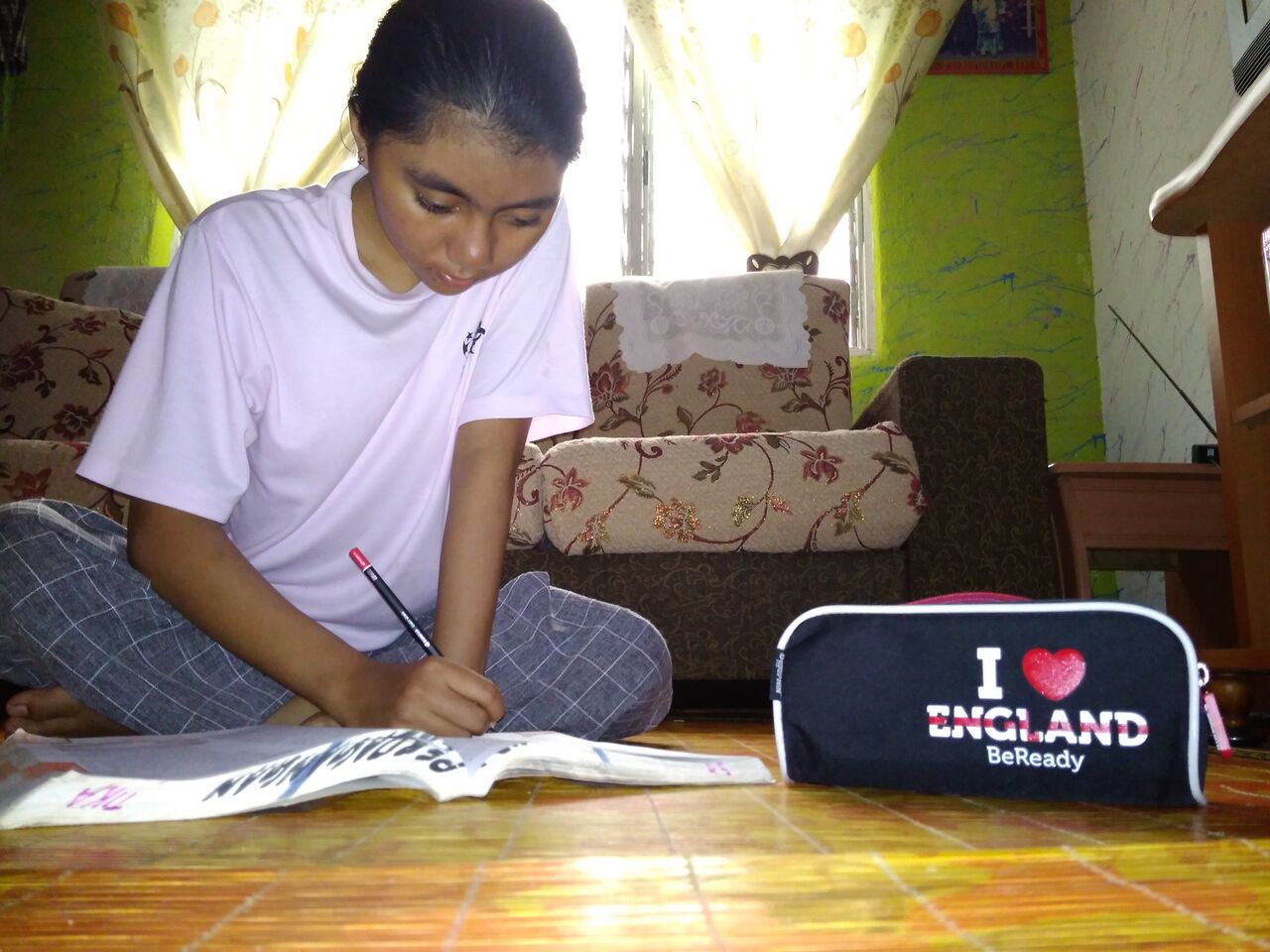
But here’s something awesome, in spite of their financial challenges, the respondents’ children outshone the national average in PMR Mathematics, Science and English. In 2013’s PMR results, the national average for Math was 31% A, 13% B, 16% C, 36% D and 5% E… but the respondents’ children’s got 30% A, 47% B, 18% C, 3% D and 2% E.
For Science, more of the respondents’ children (30%) got A’s than the national average (26%), and more of them got B’s (42%) than the national average too (19%). Take a look at the graph below:
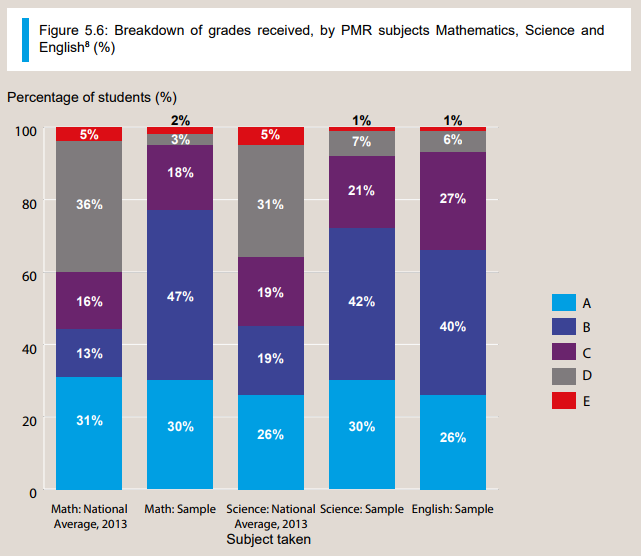
This is great to see because education is the key to escaping the poverty cycle. It’s only that these kids have fewer opportunities than others due to financial constraints. For example, 8 in 10 have to study in the living room, although that can be distracting since it’s a common area and people watch TV. But those living in a cramped 60sqm public housing flat know that a table to do their homework or a quiet spot to read is a rare luxury.
4 in 10 households don’t have toys for their children below 5 years old, and 31% have no books for children below 18. According to the report, lack of space is also one of the reasons why the kids don’t have these. There have been many instances of families having to return boxes of toys donated to them by NGOs because no place to keep.
Maybe the low-cost flats could have a community space for kids’ books and toys?
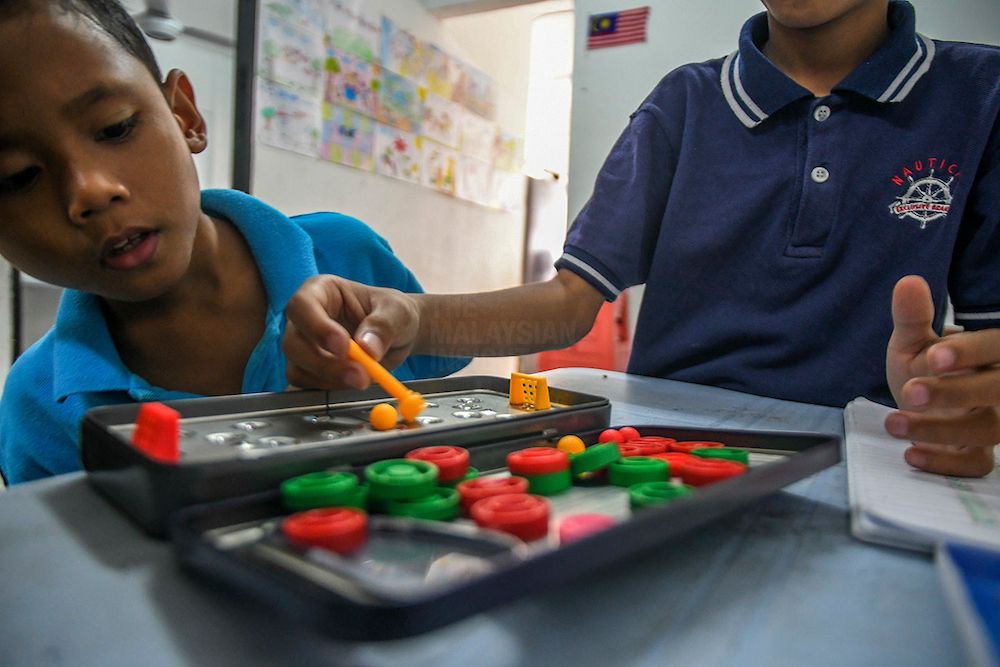
More stunted than kids in Zimbabwe… no toys and books.. this is the eye-opening reality of Malaysians in the Bottom 40 percentile. With that, Unicef also organised a competition called ‘Policython’ for students and fresh grads to propose practical solutions for common problems related to underprivileged urban children.
One winning team came up with the idea to set up childcare centres within all PPR low-cost flats, and make that a common area where kids can share toys and books. The second winning team proposed turning communal spaces in low-cost flats into study areas. If you’d like to read more ideas they proposed, click here (pg 67).
This is already a reality in Desa Mentari, Petaling Jaya, where an NGO turned one unit on the 8th floor into a Kidzone. Around 250 children are registered with the centre, where they can make art, read from the collection of books, play board games, and study under guidance. An adult volunteer is always on duty to help with homework or counsel troubled children.
In fact, DBKL also providing free bus rides for school children living in low-cost housing areas. 165 buses were allocated for the job, benefiting 6,500 parents in 74 PPR areas, and folks are very happy with it.
At the end of the day, Unicef argues that the success of any country’s economy can be measured by whether even the most disadvantaged children benefit from it. If development is to be truly sustainable, it must be truly fair and aim to reach every level of society.
- 1.3KShares
- Facebook1.2K
- Twitter7
- LinkedIn10
- Email10
- WhatsApp45

